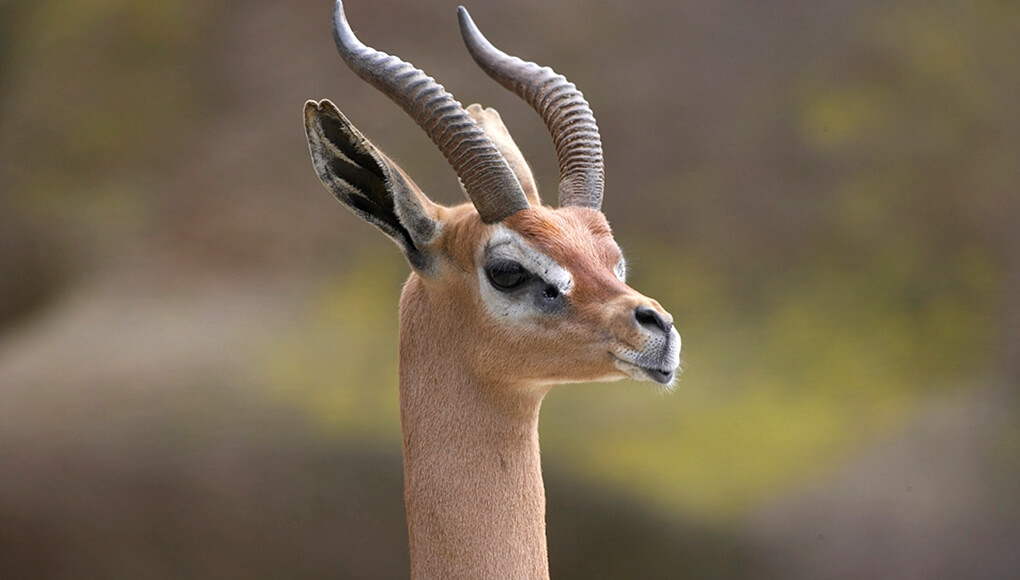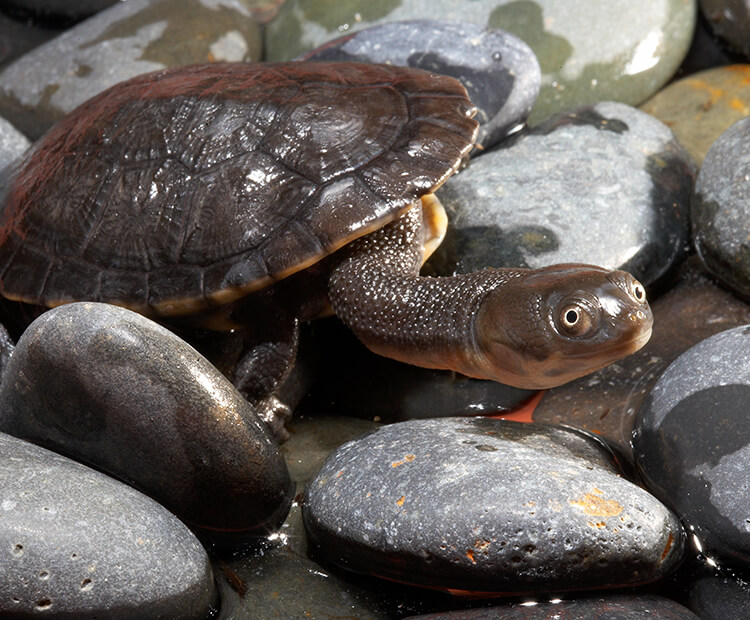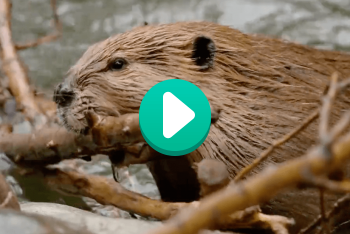
Head and shoulders

While a giraffe's neck can reach 6 feet long, making it head and shoulders above the rest of the Animal Kingdom, there are other creatures with necks that will certainly turn heads!

A stand-up gazelle
The gerenuk (pronounced "gair-uh-nook") has a neck that's so notable, its name even means "giraffe necked" in the Somali language. This gazelle's long neck helps it reach and feed on leaves that are too high for other antelope. Another way the gerenuk gets "a-head" of its fellow leaf eaters—standing upright on its LONG legs to gain even more height.

Stick your neck out
Long necks aren't just for mammals, either. Snake-necked turtles, like the Roti Island snake-necked turtle in Indonesia and Papua New Guinea, bend their necks and tuck their heads sideways into their shells rather than pulling it directly back. That long neck helps it reach farther to snap up fish.

You can't see me!
Another long-necked animal has a tall tale about it. Ostriches—with their 3- to 4-foot-long necks—do NOT bury their heads in the sand! While you may have seen that in cartoons, in reality, one of this bird's defensive behaviors is to lay low at the approach of trouble. They press their long necks to the ground in an attempt to become less visible. From a distance, it may look like they have buried their heads in the sand. But now you've uncovered the truth about that!




